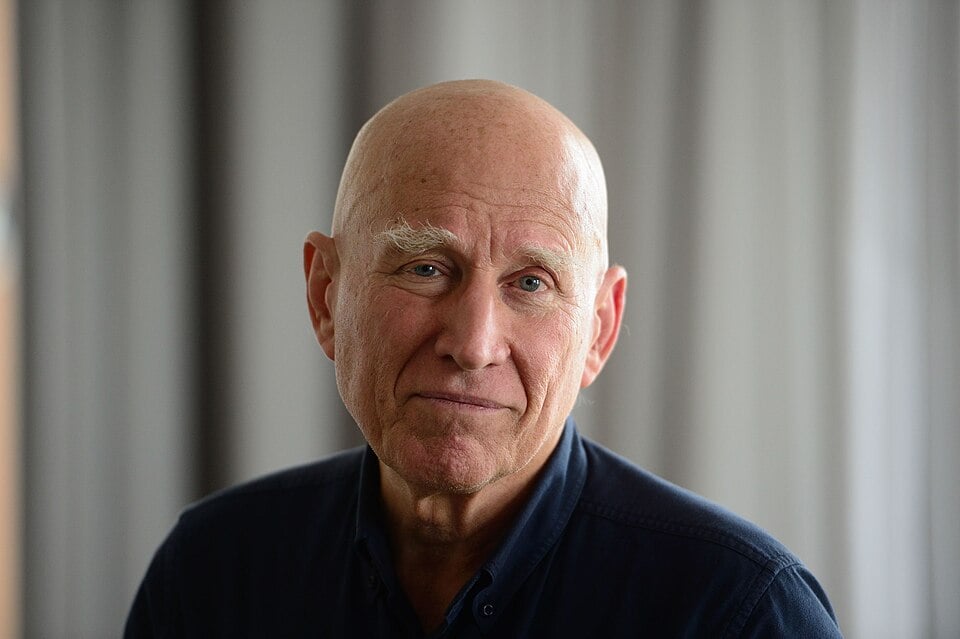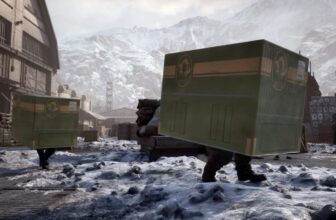
Check out our latest products


Sebastião Salgado, the Brazilian photographer whose eye moulded our perception of labour, migration and the environment, died on Friday, May 23, aged 81. His death was announced by Instituto Terra, the green charity he co-founded with his wife and long-time collaborator, Lélia Wanick Salgado. He died of leukaemia, a belated effect of malaria he had caught decades before.
If you have ever paused over a black-and-white image that made the world feel both devastating and beautiful, there is a chance it was Salgado’s. His work went beyond documentation. It asked us to look, then look again. He was never interested in quick impressions. He asked his viewers to stay, absorb, and witness what others might overlook.
Salgado did not intend to be a photographer. He was born in 1944 in a small village in Minas Gerais, Brazil, and studied to be an economist. That scholarly foundation never deserted him. It influenced the questions he asked through his images: Who is working? Who is displaced? Who is being heard? His economics training was not theoretical. However, it became a method for recording the lived reality of global inequality.
How Sebastião Salgado Became a Photographer?
He moved toward photography slowly, starting with a Leica camera on business trips around Africa. Eventually, the camera became his briefcase. A defining moment arrived in 1981, when he covered the attempted assassination of US President Ronald Reagan. Those photos paid for his return to Africa, where he started his first long-term assignment. Photography was no longer a hobby from then on. It was his life’s work.
But at the cost of tension. Salgado had been criticized for the way his work responded to suffering. Some felt he was too aesthetic, that his portraits of the displaced had veered into artful detachment. Susan Sontag, among others, questioned whether his approach commodified human pain. Salgado’s response was tart: “I photograph my world,” he stated, rejecting that he stood apart from those he photographed.
He was indeed born of privilege. His family was cattle ranchers in a highly unequal Brazil. But Salgado viewed this as a reason to challenge, not flee, the imbalance. And he did not merely record crises. Instead, he attempted to heal what had been lost. With Lélia, he planted trees across thousands of acres in Brazil, transforming desolate land into a healthy ecosystem. That effort became Instituto Terra.
His last great work was Amazônia, a photographic celebration of the Amazon and its Indigenous peoples. He took 48 journeys into the forest, setting up temporary studios beneath the trees and living among those he photographed. This was not drive-by storytelling. It was patient, immersive, and highly respectful.
Salgado might be lost, but his archive will not stop reminding us of him. His photographs continue to be an open invitation to look at the world not only as it is but also as it might be if we cared.
[via EuroWeekly; Image Credits: Fernando Frazão/Agência Brasil via Wikimedia Commons]

![[2025 Upgraded] Retractable Car Charger, SUPERONE 69W Car Phone Charger with Cables Fast Charging, Gifts for Men Women Car Accessories for iPhone 16 15 14 13 12, Samsung, Black](https://i1.wp.com/m.media-amazon.com/images/I/61SaegZpsSL._AC_SL1500_.jpg?w=300&resize=300,300&ssl=1)



![[True Military-Grade] Car Phone Holder【2024 Stronger Suction & Clip】 Universal Cell Phone Holder for Car Mount for Dashboard Windshield Air Vent Long Arm Cell Phone Car Mount Thick Case,Black](https://i2.wp.com/m.media-amazon.com/images/I/715PBCuJezL._AC_SL1500_.jpg?w=300&resize=300,300&ssl=1)
![[エレコム] スマホショルダー ショルダーストラップ 肩掛け ストラップホールシート付属 丸紐 8mm P-STSDH2R08](https://i3.wp.com/m.media-amazon.com/images/I/51BMFf06pxL._AC_SL1500_.jpg?w=300&resize=300,300&ssl=1)







